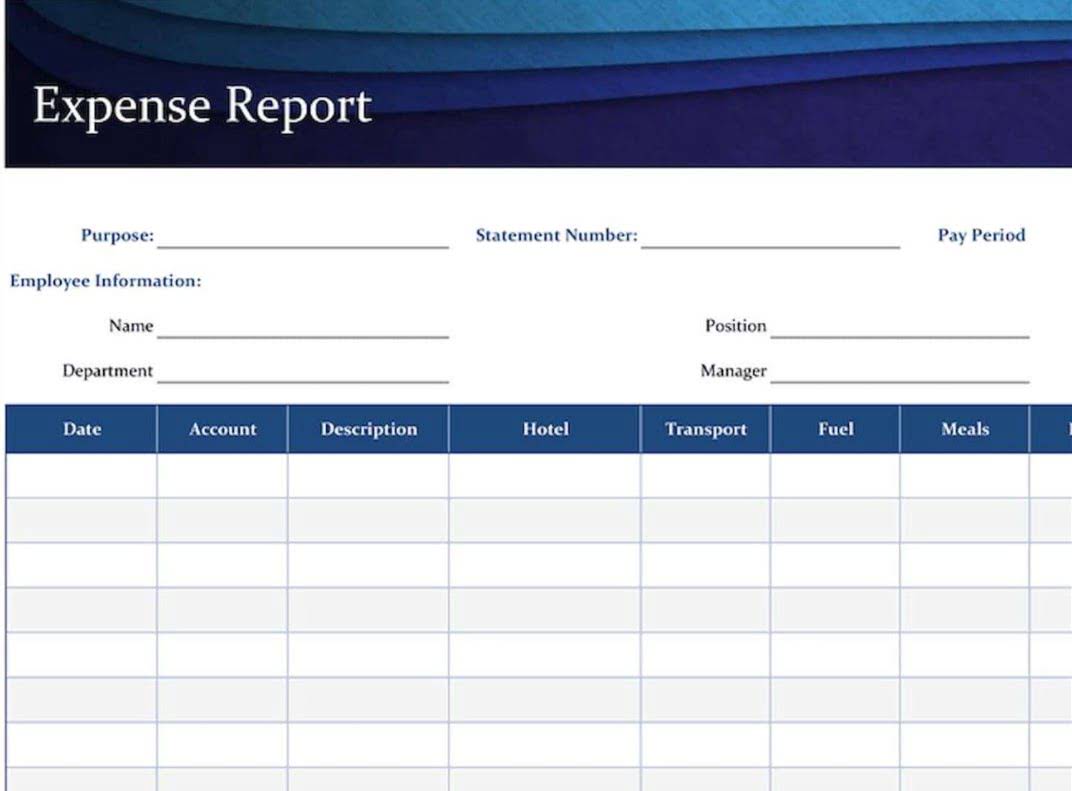
You must track how much money you have invested in the business and how much you are making from it. Carrying out retail bookkeeping for your store yourself can be more cost-effective than getting help from retail bookkeeping services. For example, suppose you sell a $ 3,000 service but offer a three-month payment plan. Sales are displayed as $ 3,000, but bank accounts can only display $ 1,000. So even if you say that accounting software made a profit of $ 500 after all expenses, there is no additional $ 500 in your bank account.
- Accurate inventory management is crucial for a grocery store because it helps you avoid overstocking or understocking items, which can result in lost sales or wasted resources.
- The FIFO accounting method assumes that the inventory purchase costs will also be recognized first and the value of your total inventory will decrease.
- Shops must keep track of their expenses and income and compare these records with their bank statement regularly.
- Unlike inventory costing, tracking inventory on hand is relatively easy.
- Keep detailed records of what goes into savings, what comes out and any interest earned in a retained earnings account.
Manage your inventory and bookkeeping easier
For example, it allows you to generate detailed reports and track key performance indicators, giving you valuable insights into your store’s profitability and cash flow. This information enables you to make informed decisions about pricing strategies, inventory control, and cost reduction initiatives. With integration capabilities, you can easily sync your payment systems with the accounting software, ensuring accurate and efficient recording of all transactions. This seamless integration allows for streamlined operations, eliminating the need for manual data entry and reducing the risk of errors. With accounting software, you can easily input and update product information such as quantities, prices, and expiration dates. This allows you to have a real-time view of your inventory levels and make informed decisions about purchasing and pricing.
- For example, it can help automate tasks such as generating purchase orders when stock levels are low or creating invoices for suppliers.
- Shops can list assets such as equipment on one side of the balance sheet and liabilities on the other side such as business credit cards.
- This organization also makes it easier to compare your business performance to industry benchmarks and identify areas for improvement.
- Meanwhile, retail businesses can have extensive, diverse inventories that change constantly.
- Use this information to make informed decisions about your staff and inventory.
- It provides detailed insights into your financial performance, allowing you to analyze sales data, expenses, and profit margins.
How to Do Bookkeeping for a Store

You can outsource accounting tasks, hire an in-house accountant or try to do the accounting yourself. If you opt to do the accounting yourself, it may bookkeeping be worth looking into accounting software. A balance sheet is an essential resource for keeping track of assets, liabilities and equity. On one side of the balance sheet, you list your assets, such as equipment. On the other side, you list your liabilities, such as business credit cards. Your assets minus your liabilities equals your shareholder’s equity, which is the value of your business outside of what you owe.
Simple, straightforward pricing for everything your business needs.
- This costing method is most often used when inventory is perishable and is a favorite for food retailers.
- While retail accounting tracks inventory based on sales price, cost accounting tracks each item based on its total acquisition cost.
- With its user-friendly interface and powerful inventory management system, you’ll never have to worry about keeping track of your stock again.
- This allows you to understand how your store is doing financially at any given moment, helping you make better decisions.
- The last-in-first-out (LIFO) cost flow assumption is the opposite of the FIFO method.
This helps you make data-driven decisions to improve profitability and maximize revenue. By providing real-time updates, the software also minimizes the risk of overstocking or running out of popular products, optimizing your cash flow and reducing waste. Since you mark up all of your products by 30%, you know that it always equals Bookkeeping for Veterinarians 70% of your sales in a given period.
Hitting the Books: A Guide to Retail Accounting

The IRS allows you to use any method you want to value your inventory for tax purposes. The caveat is, once you choose a method you have to stick with it, unless you get permission from the IRS to change your costing method. This rule is grocery store accounting in place to keep business owners from “gaming the system” by frequently switching costing methods to get the best tax advantages. Some of the balls might have been purchased at $0.10 each, and some at $0.12 each.


Keeping accurate inventory records will also help save time while preparing your tax statements. You can do it manually, but it will be very time consuming, or it can be done using specialized software, making it easier to identify loss, damage, or theft. Every retail transaction, whether it involves sales, purchases, or expenses, needs to be accurately recorded. This includes receipts, invoices, and any other relevant documentation. Point-of-sale (POS) systems can automate this process by capturing transaction details, reducing the chances of manual errors. If you use the FIFO costing method, you take the cost of the first order you purchased, compare it to the revenue you’ve brought in and assign that revenue to the cost of goods sold.

发表回复